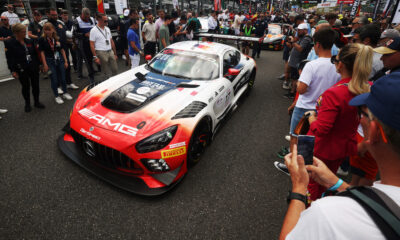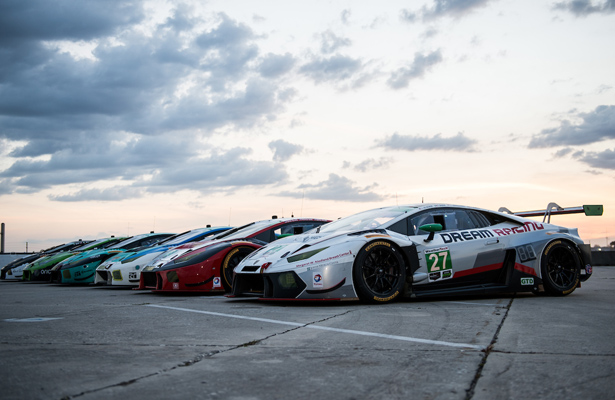
Photo: Jamey Price/Lamborghini
The Lamborghini Huracán GT3 has had unprecedented popularity in 2016, in its first full season of customer racing, with 40 cars racing in 13 championships worldwide.
In the greatest success and expansion for any GT3 manufacturer since Audi debuted the R8 LMS seven years ago, the Italian automaker has become one of the category’s mainstays in a matter of months.
Huracán GT3s have raced in almost every GT3 series around the world in 2016, from top-level championships including the Blancpain GT Series and IMSA WeatherTech SportsCar Championship to national championships and endurance races such as the Nürburgring 24 and Hankook 24 Hours of Dubai.
“Lamborghini has sold many cars and has done a great job with the car,” Lamborghini GT3 Junior Driver Cedric Sbirrazzuoli told Sportscar365. “The car is everywhere, so you have drivers jumping in and out from every country, every continent.
“I think the car, even for amateurs, is a great car to drive, to learn. That’s why it’s having so much success around the world right now.”
“I [didn’t] expect Lamborghini [to sell so] many cars this year because in the first year that they develop the car, the prospect is to sell 10-15 cars [as the] best [possible] result,” factory driver Fabio Babini told Sportscar365.
“Now it’s more like 40 cars around the world. It’s very very good to have different customers call me for help in different championships.”
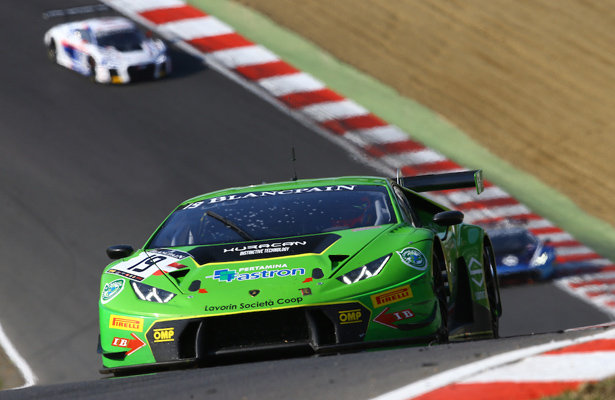
Photo: Vision Sport Agency
The Lamborghini GT3 program has allowed its drivers – both full-factory racers and those in the junior ranks – to compete in similar cars in different series around the world.
While this is common amongst GT manufacturers, the extent to which Lamborghini has carried this out is rarely seen.
Babini, for example, has raced this year in the WeatherTech Championship and 24 Hours of Dubai with Konrad Motorsport, Blancpain Endurance Cup with Attempto Racing, British GT with Barwell Motorsport and International GT Open with Ebimotors.
Schedules like Babini’s shows how diverse the Lamborghini GT3 program can be.
“It’s a different mentality from every team because they’re engineering the car [differently],” Babini said. “But it’s clear when I jump in with a new team my experience helps bring more information about our program at Lamborghini and helps the team to increase the performance in a short time.”
Another major difference in switching between teams are the tires, which can impact the setup and approach each driver takes.
For Sbirrazzuoli, who recently took part in the Total 24 Hours of Spa in a Pirelli-shod Huracán GT3 from Antonelli Motorsport, it was a notable change to his Dream Racing Lamborghini in the WeatherTech Championship, which is on Continental tires.
“It took me a couple of sessions just to get myself adapted to the situation,” Sbirrazzuoli said. “But at the end, the car is pretty much the same. When you drive the same car, even if you have different grip, it’s not too long to adapt yourself.”
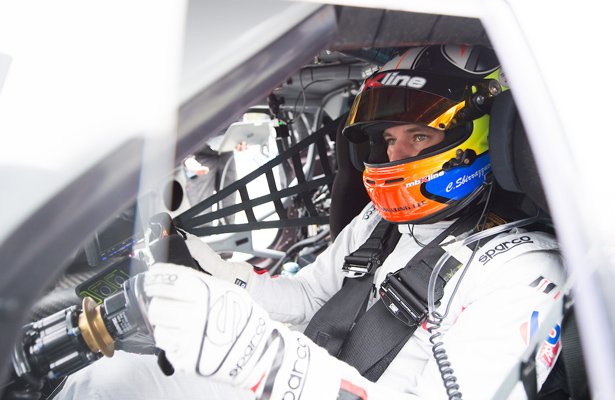
Photo: Jamey Price/Lamborghini
Such a strong and diverse junior driver program wouldn’t be possible, without focusing so many cars, teams and series, according to Head of Lamborghini Motorsport Giorgio Sanna.
“We have nearly ten drivers competing in GT3 and it’s a good experience because we have, for example, two drivers from the Super Trofeo Europe that are leading in GT Asia,” he told Sportscar365.
“They are learning 70 percent of the tracks that [are new] for them. Cedric is coming from Europe and now he’s competing in America, learning new tracks.
“It’s a good opportunity because the more cars we have in different championships, more opportunities to give a chance to young drivers we have.”
There may be a lot of young drivers in the development program, but each still gets all the necessary support and training, according to Sbirrazzuoli, who has focused his 2016 race program in the U.S. with the Enrico Bertaggia-owned Dream squad.
“I think they are doing great and the results speak for themselves because there are a lot of drivers in the program and a lot of attention on all of the drivers,” the 28-year-old Monegasque said.
“They are really pushing on all of the aspects that a pro driver needs to learn early in his career. I think that’s one of the strongest points of the young program that they have and I’m really happy to now be a part of [it].”
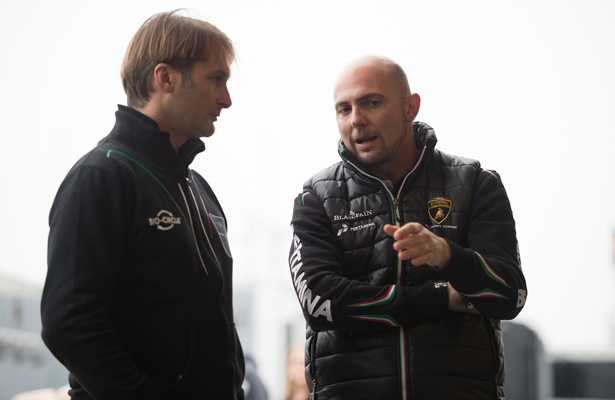
Photo: Jamey Price/Lamborghini
The customer teams’ technical support all comes from Squadra Corsa, with more than a dozen mechanics and engineers traveling the world to work with each team.
“This year is the first experience so it’s a sort of start up for us,” Sanna said. “Next year it will be a little bit more [than 15]. We’ll be working on a training center for the teams that are interested in GT3 and need to learn about the car.
“Then for example talking about the USA, we have two technicians that are fixed [there] to support the teams in Super Trofeo and GT3, because if they need support in a test session we are able to provide it.”
He may have cars in Europe, North America and Asia, but looking ahead towards the future, there is still one market that Sanna is keen to enter.
“We are looking to penetrate a little bit more the Australian market,” he said. “We already now have one car but we are looking to put more cars.
“And of course, America. It’s our first market in general with the road version cars, so it’s clear that we are hoping to put some more GT3 and Super Trofeo cars [there].”
John Dagys contributed to this report
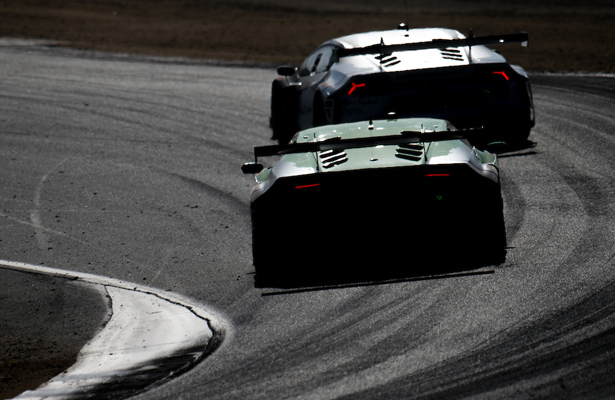
Photo: Jamey Price/Lamborghini




















